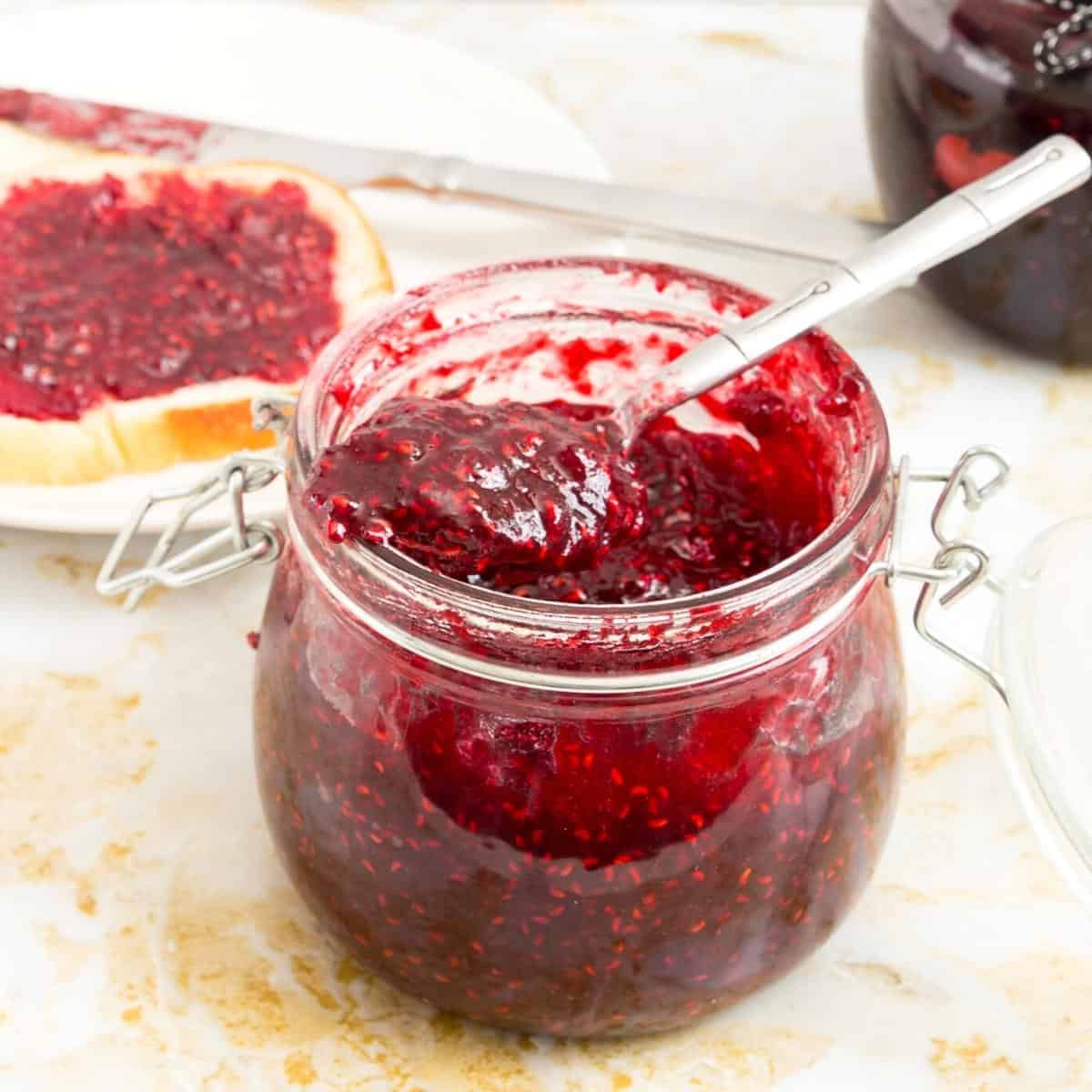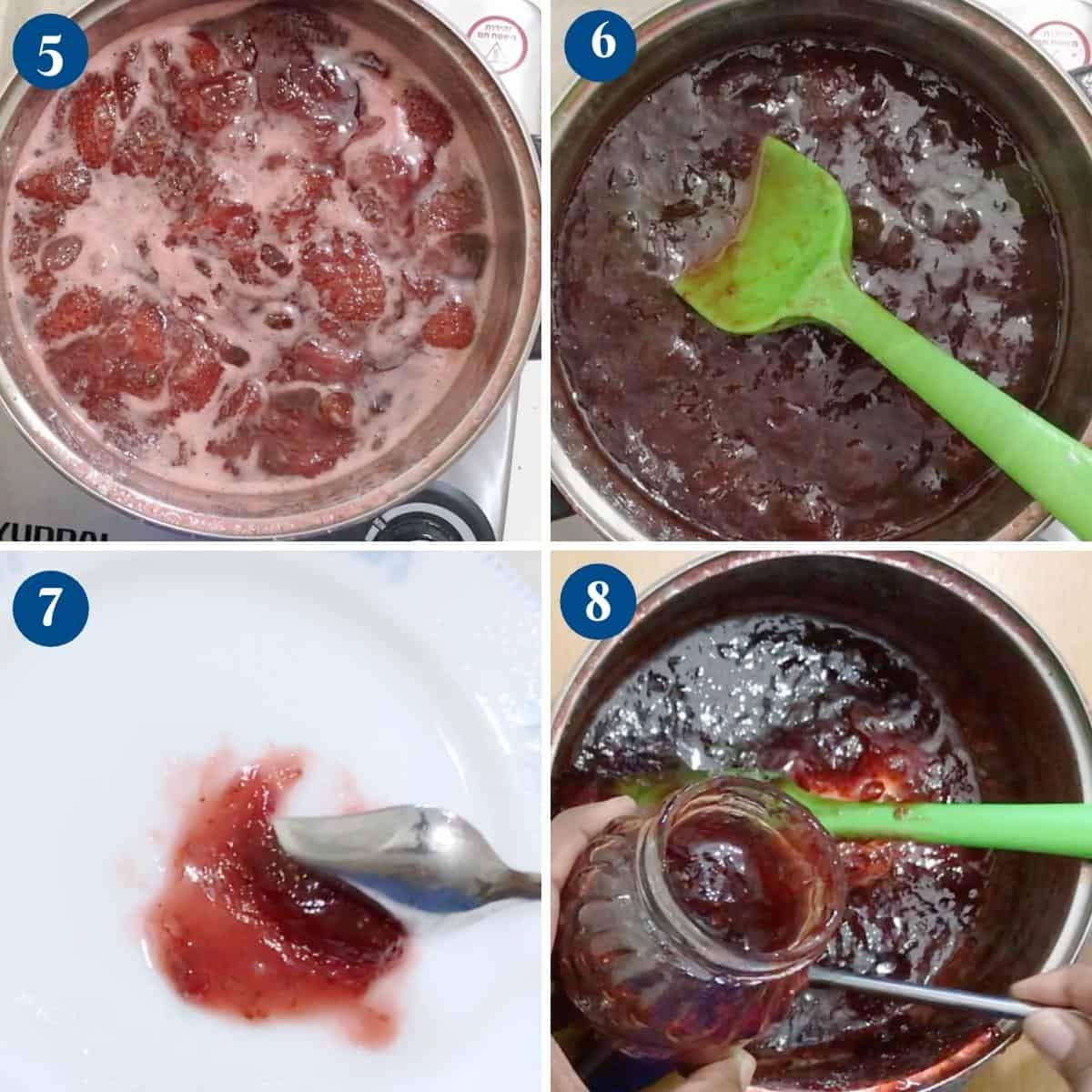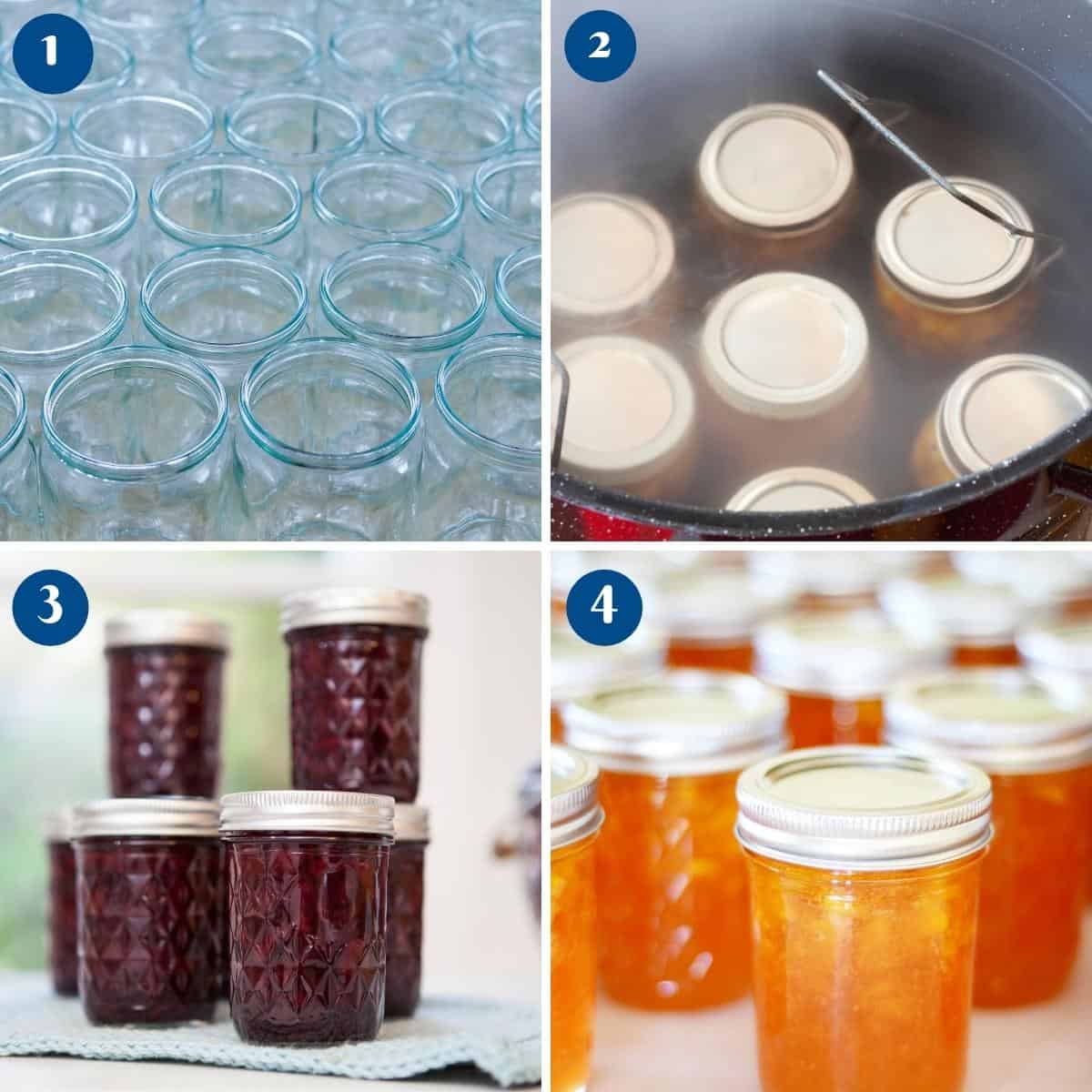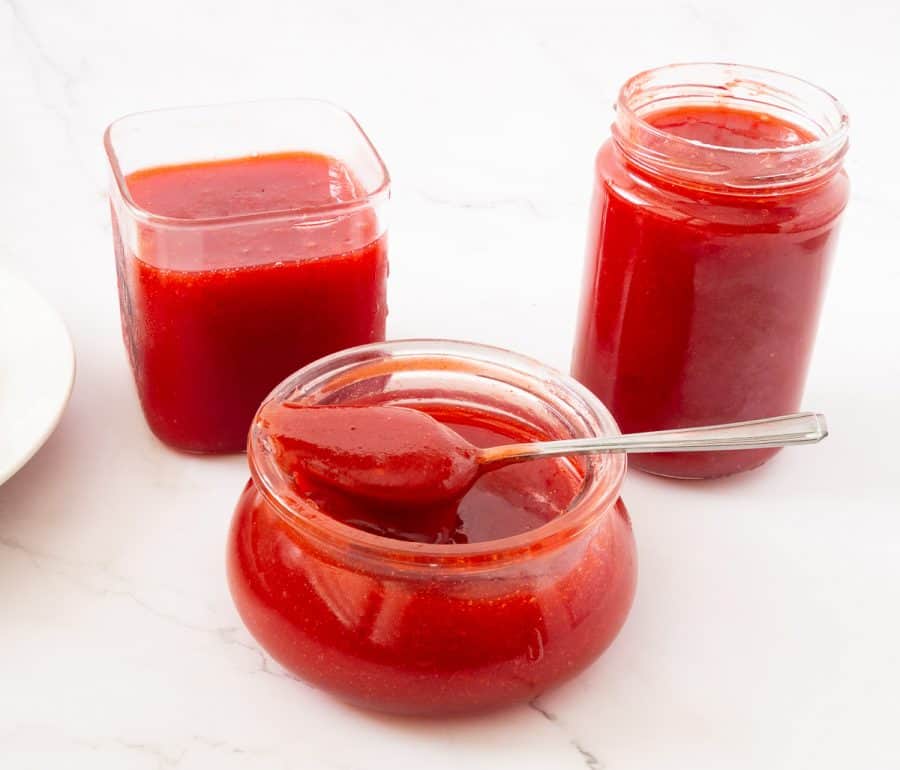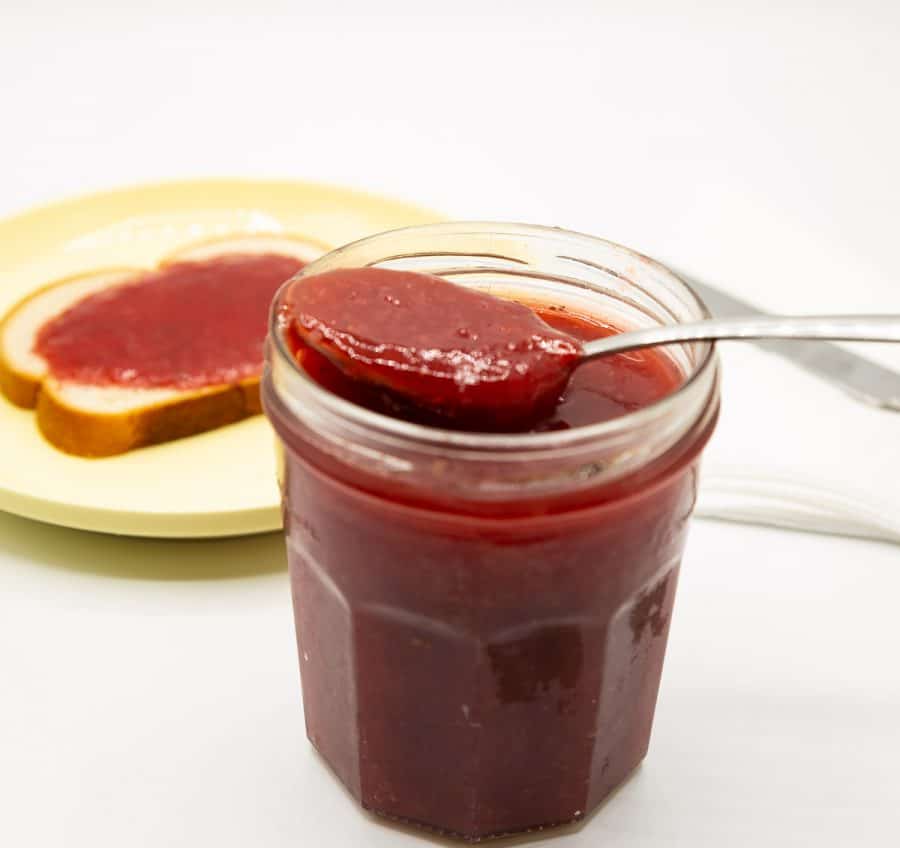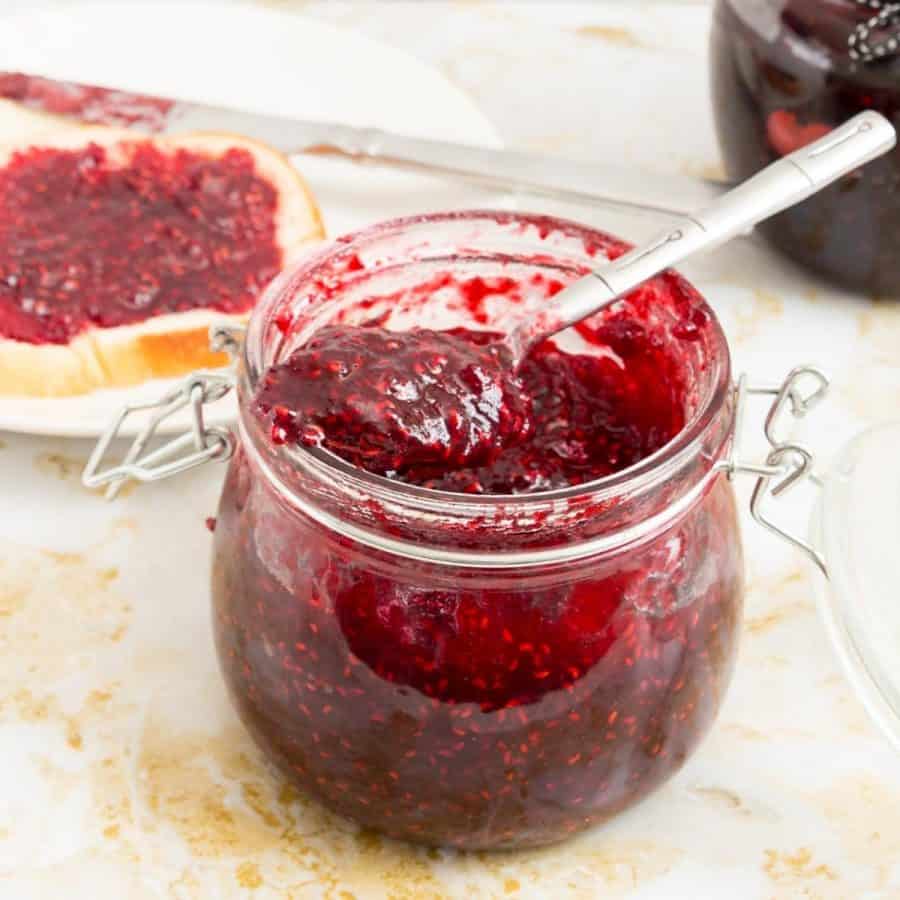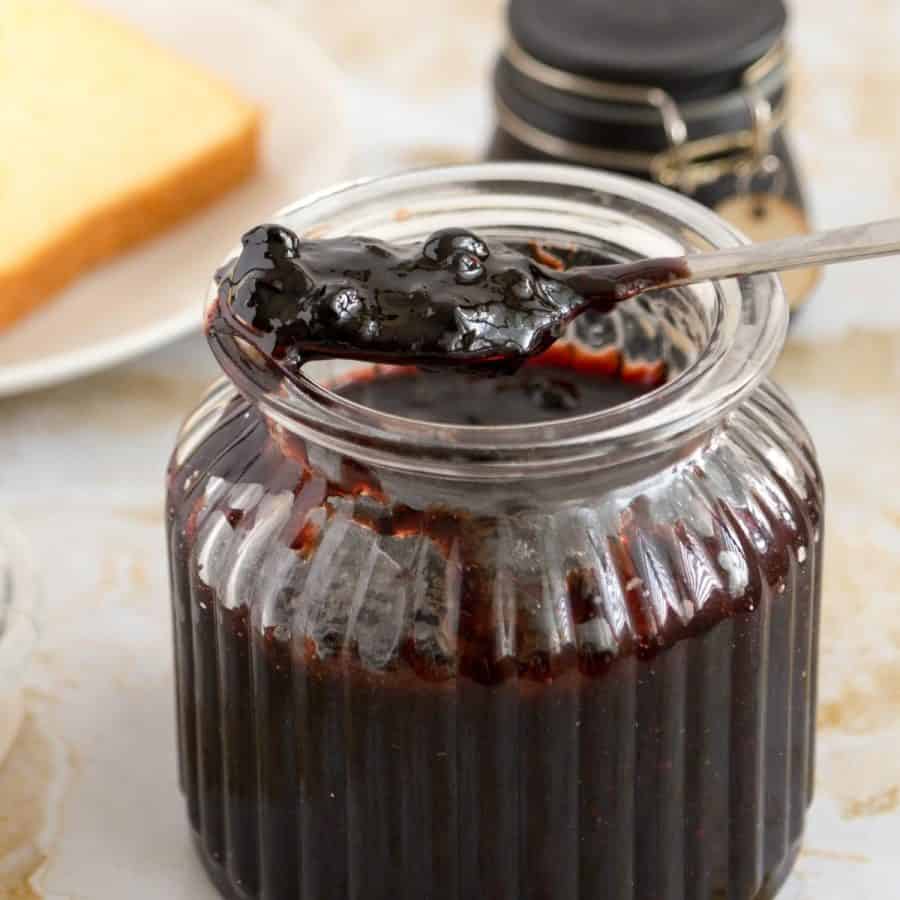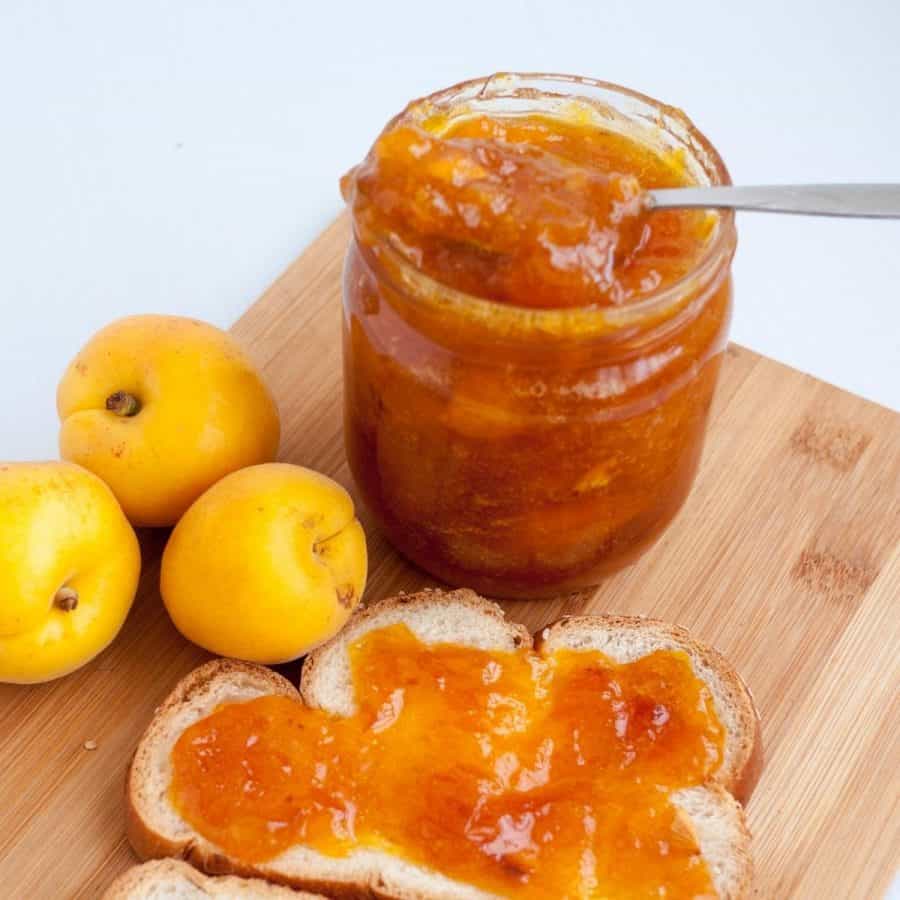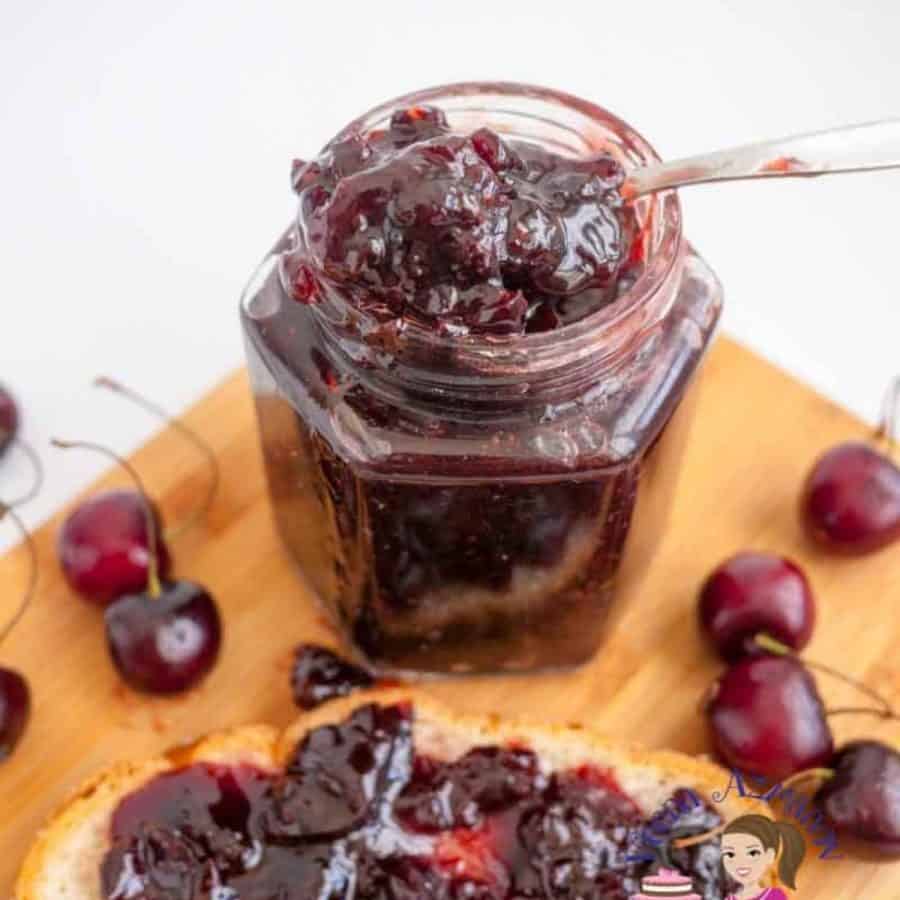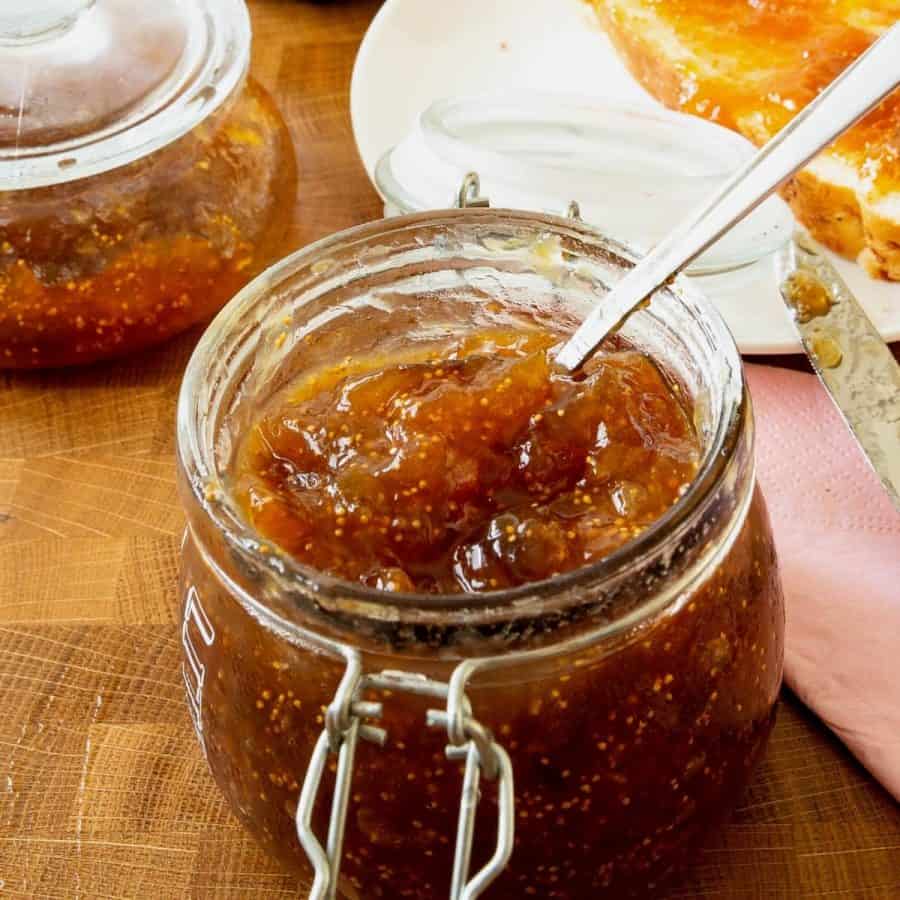One of my fondest childhood memories revolves around my mom’s homemade jams. You see, my siblings and I were fond of jams, but my mom was concerned about the high sugar content in commercial ones. So, she took matters into her own hands and started making jams at home. Her dedication to using fresh, seasonal fruits made her jams so special. The best part was the variety of fruits she used. From plump strawberries to fragrant peaches to tangy apricots, sweet mangoes to tropical pineapples, there was always a new flavor for us to try. And because she made them herself, my mom could control the sweetness, ensuring that we got all the fruity goodness without the excess sugar. Whenever our friends came over for sleepovers, they’d be amazed by the unique flavors we’d have at home. They couldn’t believe that we had jams made from fruits they’d never even heard of, let alone tasted. Thanks to my mom’s dedication to making jams, I inherited the bug too! Now, my kids enjoy homemade jams with unique flavors throughout the year.
Why make your own jams?
Crafting your jam allows you to select the ripest, freshest fruits available, ensuring superior flavor and quality. This control over ingredients also enables you to tailor your jam to your taste preferences, whether you prefer a chunky texture or a smoother consistency or want to experiment with unique flavor combinations. Homemade jams are often free from artificial preservatives, additives, and excessive sugar, making them a healthier choice for those conscious of their dietary intake. Additionally, the act of making jam at home can be a fulfilling and satisfying experience, connecting you with traditional culinary practices and allowing for creative experimentation in the kitchen. Moreover, crafting homemade fruit jam can be a cost-effective option, especially if you have access to abundant fruit during the peak of the season or if you grow your own fruit. It’s a sustainable way to use up excess produce and reduce food waste. Homemade jams also make for thoughtful and personalized gifts, providing a touch of love and effort that store-bought options can’t match. Beyond the culinary advantages, the aroma that fills your kitchen as the fruit simmers and the satisfaction of filling your pantry with jars of your creations are experiences that make homemade jam-making a rewarding and enjoyable endeavor for novice and experienced home cooks.
Ingredients and substitutes
Fruit: The primary ingredient in any jam is the fruit itself. It provides the flavor, natural sweetness, and pectin content necessary for the jam to set. The fruit should be ripe but not overripe, as overripe fruit may have reduced pectin levels and can affect the flavor of the jam. Different fruits contain varying amounts of pectin, so the choice of fruit will impact the jam’s consistency and setting ability. High-pectin fruits like apples, currants, and citrus fruits are excellent choices for no-pectin jams. Sugar: Sugar plays a crucial role in jam-making for several reasons. It acts as a preservative, helping to extend the shelf life of the jam by reducing water activity and inhibiting the growth of microorganisms. Sugar also enhances the flavor of the fruit, balances its natural acidity, and contributes to the jam’s sweetness. In addition, sugar helps create a thicker, more stable gel in the jam by bonding with the pectin and fruit acids during cooking. The ratio of sugar to fruit can vary depending on the type of fruit and your personal preference, but it is an essential component of no-pectin jam. Acid: Acid is another critical ingredient in no-pectin jam-making. It helps set the jam by interacting with the pectin in the fruit and promoting the gelling process. Common acid sources in jams include citric acid, naturally present in many fruits, and the addition of lemon juice or other citrus juices. The acid also contributes to the jam’s flavor by balancing the sweetness and adding a pleasant tartness. The exact amount of acid required may vary depending on the fruit used, but it is essential to include some form of acid for a successful no-pectin jam. Optional ingredients When it comes to achieving the perfect consistency, you can use pectin. Pectin is a natural substance found in fruits that helps jams thicken and set. While some recipes require commercially available pectin, others rely on the natural pectin content in the fruit itself. If you’re using fruits with low pectin levels, such as strawberries or peaches, you can add additional pectin to achieve the desired texture. Alternatively, you can use pectin substitutes like agar agar or gelatin to achieve a similar result. Finally, let’s not forget about the added extras that can take your homemade jams to the next level. Spices like cinnamon, nutmeg, or cardamom can infuse your jams with warm, aromatic notes. For a touch of acidity, consider adding a splash of lemon or lime juice. And if you’re feeling adventurous, try incorporating herbs like mint or basil for a unique twist. The possibilities are endless when it comes to experimenting with complementary flavors and adding your own personal touch.
Homemade jam ratios – Fruit: Sugar: Acid
Step-by-step: Homemade jam
Prepare Your Equipment: Wash the canning jars, lids, and bands in hot, soapy water. Rinse thoroughly and sterilize them in a boiling water bath for 10 minutes. Keep the jars hot until ready to use. Also, set up your water bath canner or stockpot with a rack and bring water to a simmer. Prepare the Fruit: Wash, peel (if necessary), and chop the fruit into small pieces. Remove any stems, seeds, or cores.
Combine: Place the chopped fruit, sugar, lemon juice, and any optional flavorings or spices in a large, heavy-bottomed pot. Cook over medium-low heat, stirring occasionally, until the fruits break down and release their juices and the sugar dissolves completely. The sugar will help thicken the jam and preserve it. Boil: Once the sugar dissolves, increase the heat to medium-high and bring the mixture to a rolling boil. Simmer for two minutes on high and reduce the heat to low. Simmer: Continue to cook on low, stirring frequently to prevent sticking and burning, until the jam thickens and reaches the desired consistency. This can take anywhere from 20 to 45 minutes, depending on the fruit and the size of your batch.
Test for Set: To check if the jam has reached the desired consistency, you can perform a “wrinkle test.” Place a small amount of the hot jam on a chilled plate and let it sit for a minute. Push the jam with your finger; it’s ready if it wrinkles and sets. If not, continue cooking and repeat the test until it sets. Prepare Jars: Remove the hot, sterilized jars from the water bath canner or stockpot and place them on a clean towel. Use a canning funnel (if available) to ladle the hot jam into the jars, leaving about 1/4-inch of headspace. Wipe the jar rims with a clean, damp cloth to ensure a proper seal. Seal Jars: Place the sterilized lids on the filled jars, followed by the screw bands. Tighten the bands until they are fingertip-tight, ensuring they do not over-tighten.
Process in a Water Bath: Carefully place the filled and sealed jars back into the water bath canner or stockpot, ensuring they are submerged in water by at least 1-2 inches. Bring the water to a boil and process the jars for about 10-15 minutes (adjust the time for altitude; consult a canning guide). This step helps create a vacuum seal and preserves the jam. Cool and Store: Carefully remove the jars from the water bath using jar lifters and place them on a clean towel or cooling rack. Allow them to cool undisturbed for 12-24 hours. You’ll hear the lids pop as they seal. Check Seals: After cooling, check the seals by pressing the center of each lid; they should not flex or pop. You can refrigerate any unsealed jars and use them within a few weeks. Label and Store: Label your sealed jars with the date and type of jam. Store the sealed jars in a cool, dark, dry place for up to a year. Once opened, store the jam in the refrigerator for several weeks.
Difference between -Jam, preserve, jelly, and marmalade
Jams, preserves, jellies, and marmalades are all fruit spreads, but they differ in terms of their ingredients, texture, and preparation methods:
Jam: Jam is made from crushed or chopped fruits (including the pulp and often some of the fruit’s skin) cooked with sugar and pectin, a natural gelling agent found in fruits. Jams have a thicker consistency, with small fruit pieces or chunks dispersed throughout the spread. They often have a sweet and slightly tart flavor due to the fruit’s natural acidity. Preserves: Preserves are similar to jams but typically contain larger, whole fruit pieces or chunks, along with the fruit’s pulp and skin. The texture of preserves is chunkier and less smooth compared to jam. Preserves have a robust fruit flavor and are ideal for those who prefer a more pronounced fruit presence in their spreads. Jelly: Jelly is made from fruit juice rather than crushed or whole fruits. To achieve a clear, smooth consistency, the fruit juice is strained to remove solids and then combined with sugar and pectin. Jellies have a translucent appearance and a firm, gel-like texture. They often have a sweeter and less fruity flavor compared to jams and preserves. Marmalade: Marmalade is a type of fruit spread made primarily from citrus fruits such as oranges, lemons, or grapefruits. It includes both the fruit pulp and zest (the outer peel), which gives marmalade its distinctive bitter and tangy flavor. Marmalade has a chunky texture due to the presence of citrus peel, and its consistency can vary from fairly smooth to quite chunky.
10 Tips to making homemade jam
Baking Powder vs. Baking SodaHow to Freeze Mangoes or Preserve Mangoes for a Long TimeStrawberry Mousse Dessert SliceStrawberry Jam RecipeOld Fashioned Raspberry Jam
Frequently asked questions?
Did you LIKE this recipe? Save it for later. You can find my recipes on Pinterest. Follow me on Facebook, Twitter, and Instagram.Subscribe, and I’ll send you new recipes right to your inbox. Thank you for sharing - Save for later







